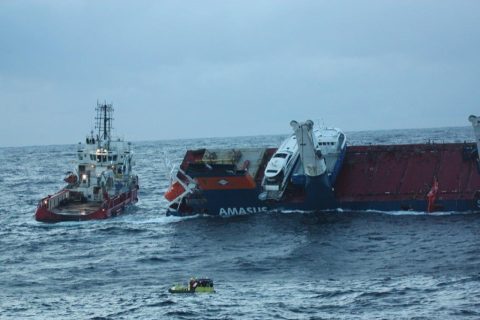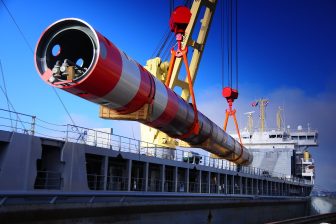
OVV Incident report on the Eemslift Hendrika released
Photo of the Eemslift Hendrika courtesy of Norwegian Coastguards
In early April of 2021, the Norwegian Maritime Authority reported that shifting cargo in the heavy lift vessel, Eemslift Hendrika’s hold, caused extensive internal damage. Consequently, an investigation was launched into the incident, which began with the ship encountering force 9 winds on the Beaufort scale, off the coast of Norway.
Want to read more?
You have read all of your free premium articles for this month. Please become a subscriber to keep reading.
Subscribe now!
Take advantage of our exclusive offer to get full access to all premium content.





